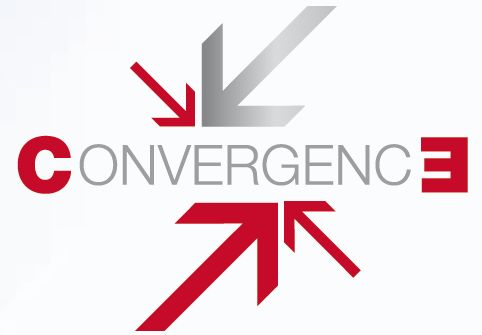If You Get Technology “Convergence” Wrong, Nothing Else Matters
I came across this book during my most recent visit to the UBC Vancouver campus. As good as I think this book is at focusing attention, in workbook style, on the importance of market and industry analysis in new venture due diligence, there is an issue that I think is not adequately addressed by any model or theory: not Porter, not STEEP or SWAT. Convergence is the issue.
We can imagine and even potentially envision a very cool business idea, but if the technology to achieve it is not ready, not sufficiently mature, the idea is Dead on Arrival (DOA). I do not mean to pick on young entrepreneurs, but I reviewed a business concept last week that was a superb and compelling idea, but the technology necessary to achieve it simply was not there, either in terms of its capability or its price point. I am confident that it will be there in time, but it is not now. As if to make my point, Apple announced that it was acquiring a company for $20 Million in the exact same technology area: indoor location tracking (no small feat). At this point it is not clear that the acquired company has any extraordinary intellectual property or expertise, and the article primarily focused on the point that this “location identification” technology was “heating up.” It looks like it may be a simple “aquihire.” Global Positioning and geo tagging as in smart mobile phones, radio frequency identification technology (RFID), and inertial guidance are all currently used in various combinations by a host of competitors (too many) to achieve required levels of accuracy, immediacy and cost. A local industrial RFID company has just closed its doors because it simply could not compete and make money. The simple problem was that this company’s idea, as compelling as it was, could not achieve the necessary price point, or possibly would not even work.
So we have the problem of “convergence.” Great idea but the technology simply is not ready….yet.
I have three personal case study examples of the problem of “convergence,” that every potential entrepreneur should study. I have to admit that I was a senior executive at all three of these Silicon Valley companies, one of which actually made it to the NASDAQ exchange. All of them had the “convergence” problem.. Too early for the available technology.
1. Silicon Graphics. Silicon Graphics was founded in the late 1980’s by a pre-eminent Stanford professor, Jim Clark, on the idea that 3D visualization of complex problems would become the next big wave in technology. As a minor side business, it also excelled at computer animation, a growing new market of interest to Steve Jobs and others. It is now obvious that Clark was onto something that has now finally become the Next Big Thing, but at that time, the available technology simply made it too difficult and too expensive. Silicon Graphics no longer exists. Silicon Graphics crown jewel was its enabling software code, the SGI Graphics Library. It does still exist in open form.
Read more:http://mayo615.com/2013/03/31/hans-rosling-makes-visual-sense-of-big-data-analytics/
2. iBEAM Broadcasting. iBEAM was the precursor of YouTube, but too far ahead of its time. the founder, Mike Bowles, a former MIT professor, envisioned streaming media across the Internet, but this was in 1999. Intel, Fox Entertainment, Reuters, Bloomberg, Microsoft were all involved, some investing significant sums in the company. We tried mightily to make it happen for Mike, but there were technology convergence problems. The Internet at that time simply did not have sufficient reliable broadband capability. In 1999 the vast majority of Internet users still used a dial-up connection. The company, with help from Microsoft and its other big pockets investors turned to satellite transmission, which is immensely expensive. I did learn a lot about the satellite business. Great idea, way too early, and the company failed early.
3. P-Cube. In 2001, I was approached by prominent friends at two downtown Palo Alto venture capital firms to consider joining an Israeli startup in which they had invested. The idea was wildly popular at the time….traffic policy management and so-called Internet traffic shaping. I enthusiastically joined the new company and became its first U.S. based employee. The compelling idea was simple, make money by charging for bandwidth. The background idea was to enable deep IP packet payload snooping to prioritize traffic, but also for its political potential. This is the technology that Dick Cheney employed after 9/11 to snoop all Internet traffic. The only problem was that the technology was simply not yet ready. The P-Cube Internet traffic switch was a 24 layer printed circuit board (hideously difficult to fabricate), with 5 IBM PowerPC chips, 1 Gig of onboard memory (at the time bleeding edge, but today laptops have more memory), a host of “application specific integrated circuits” (ASIC), and to top it off a proprietary software language to program the box. In the end, P-Cube burned up $100 Million in venture capital, and I had great fun traveling the World selling it, but the box never worked, largely because the technology simply was not there.. P-Cube’s assets were bought by Cisco Systems and t0day such capability is built into the boxes of Cisco System, Juniper Networks and others.
The key takeaway lesson from this: do not underestimate the importance of technology convergence with a great idea.







